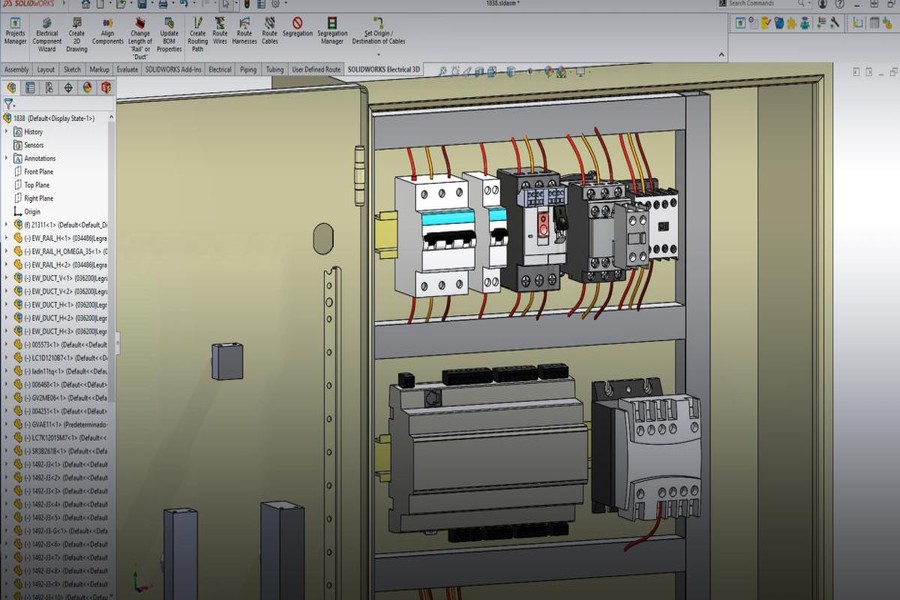For engineers in Indonesia, designing complex products requires both precise electrical schematics and reliable mechanical performance. Combining SolidWorks Electrical and SolidWorks Simulation provides a powerful solution, enabling teams to design, test, and validate products efficiently. Here are some tips to get the most out of these tools.
Integrate Electrical and Mechanical Design Early
Using SolidWorks Electrical, engineers can create detailed schematics, wiring diagrams, and PCB layouts. Integrating these designs early with mechanical CAD models ensures that electrical components fit correctly within assemblies. When paired with SolidWorks Simulation, engineers can predict how mechanical stresses, thermal effects, and fluid dynamics will impact electrical systems, avoiding costly redesigns later.
Leverage Simulation for Validation
SolidWorks Simulation allows virtual testing of structural integrity, heat transfer, and motion. Engineers in Indonesia can simulate real-world conditions on their assemblies to identify weak points and optimize designs before production. By combining this with electrical schematics from SolidWorks Electrical, teams can validate the performance of both mechanical and electrical systems in tandem.
Use Templates and Automation
Both tools offer templates, libraries, and automation features. Engineers can standardize repetitive tasks, such as wire numbering, component placement, or stress testing setups, saving time and reducing human errors. This is particularly valuable for small teams or startups aiming to accelerate development.
Collaborate Across Teams
Integrated workflows between SolidWorks Electrical and SolidWorks Simulation enhance collaboration between mechanical and electrical engineers. Shared models and simulation results allow teams to iterate faster and communicate design changes effectively.
Conclusion
For engineers in Indonesia, combining SolidWorks Electrical with SolidWorks Simulation ensures accurate designs, reliable performance, and efficient collaboration. Leveraging both tools maximizes productivity and reduces costly errors during product development.

